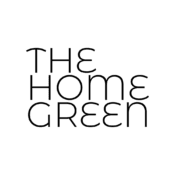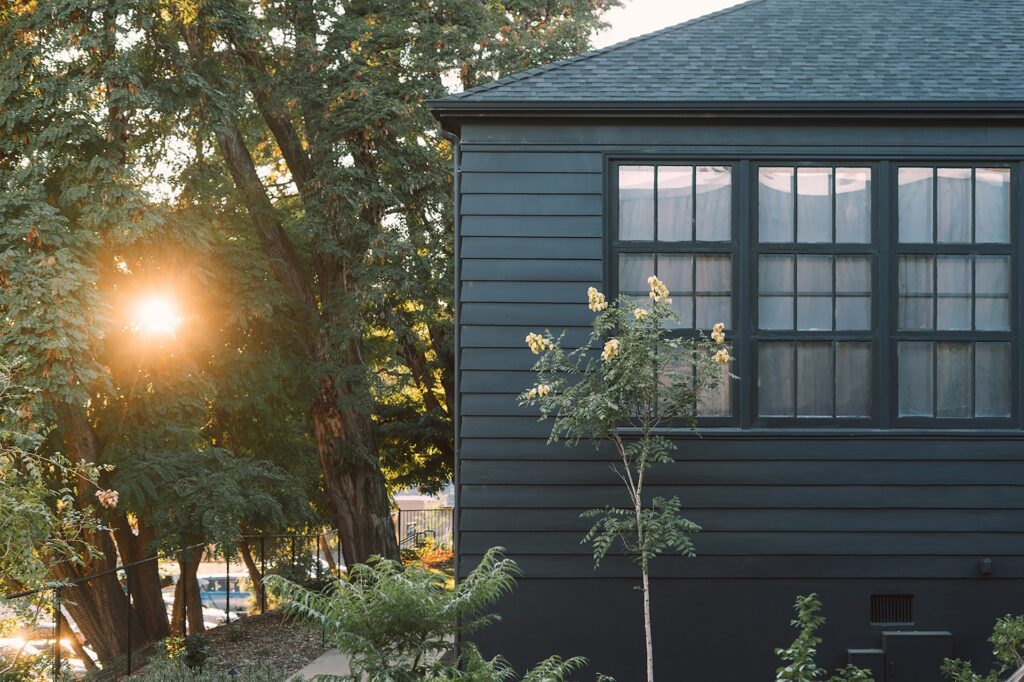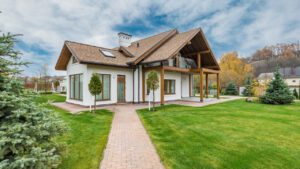In this post: We explore what makes a green home green and explore the big and small ways you can make your own home a little more green.
I’ve recently attended a few green home shows and found it really inspirational. I love to see what “regular people” are doing to be more eco-friendly in their everyday lives. But I have to confess that I was still a little confused about exactly what a green home is – is there some kind of designation to be a green home? Where do things like LEED certification come in? I figured if I wasn’t sure, there are probably other people out there who are similarly confused and I hope this exploration can help.
What is a green home?
A green home is a home that uses less energy and other natural resources and is healthier for both the planet and the people living in it. In terms of eco-friendliness, features that are often considered in a green home include being more efficient with energy and water use, producing less waste, and utilizing more sustainable materials in construction. When it comes to maintaining the health of the people in a home, green homes often consider minimizing the use of toxic products and materials and filtering out toxins from air and water.
What’s the difference between a green home and a LEED certified home?
You may have heard of LEED certified buildings before but the difference between being a green building and one that is LEED certification isn’t always clear. LEED stands for Leadership in Energy and Environmental Design and is a specific accreditation from the U.S. Green Building Council (USGBC).
LEED sets standards that a building has to achieve in order to receive certification. When a home or commercial building is reviewed for certification, it is given points for applicable sustainable features. Based on the total number of points it receives, it is given a specific category including LEED certified, followed by Silver, Gold, with Platinum status being the highest.
In summary, while you could describe a LEED certified home as a green home, not all green homes are or would qualify for LEED certification.
What’s the history of green homes?
As I thought more about the idea of a green home and where the movement toward greener building started, I realized that a home not being green is actually a modern construct. For most of the history of the world, homes were energy efficient, non-toxic (except maybe air quality?), and close to zero waste because they had to be. It’s really the abundance and convenience of our modern world that has made it important to consider how to make our homes more sustainable.
With that “interesting thought” aside, there are a few more recent events that have spurred interest in green homes. Over time, there have been designers and architects like Frank Lloyd Wright who ascribed to the idea of living in harmony with nature. In addition, many people attribute the oil crisis of the 1970s with making things like energy conservation more mainstream.
In recent years, as we understand the manmade causes of climate change, we’ve also seen technological advancements that have made living sustainably more possible. Specifically, technology has increased transparency in materials and transportation, increased ease in finding local products, precision in the control of energy usage in the home (SMART technologies), and innovation that has led to more efficient HVAC, appliances, lightbulbs, screens and more. All of this has meant that a green home is possible for more people.
The benefits of green homes
There are aspects of building a green home that are a long term investment – things like geothermal heating can have a significant upfront cost that pays off over time. But one of the great things about green homes is that there are so many ways to approach your home’s greenification (just made that up) including focusing on the areas with immediate benefits. These include:
- Better health – More and more, we’re realizing that the things that we bring into our home can have an impact on our health. Part of building a green home is considering the larger ecosystem as well as the environment in your home. Non-toxic materials are often good for both the planet and the toxicity of your home.
- Cost savings – There are several ways that a green home can save you money. A big one is by reducing the amount that you spend on utilities by making sure your home is as efficient as possible. There are other places you can save as well, such as by looking for second-hand furniture, fixtures, or building materials.
- Less maintenance – Most homeowners will agree that properly maintaining a home can be a big job. A truly green home is one that is built to get as much longevity out of the materials used as possible which should mean less need for replacement and associated costs and maintenance.
- Comfort – An in efficient home is not just costly, it can be uncomfortable. By shoring up leaks, you’ll be making your home more comfortable to live in, as well.
Can a “regular home” become a green home?
Yes! While certifications like LEED have many advantages, simply pursing a greener home means that you can begin the process wherever it makes the most sense for you. Most homes could be greener and just getting the process started will have benefits for you and the planet.
Green home ideas - ways to green up your home
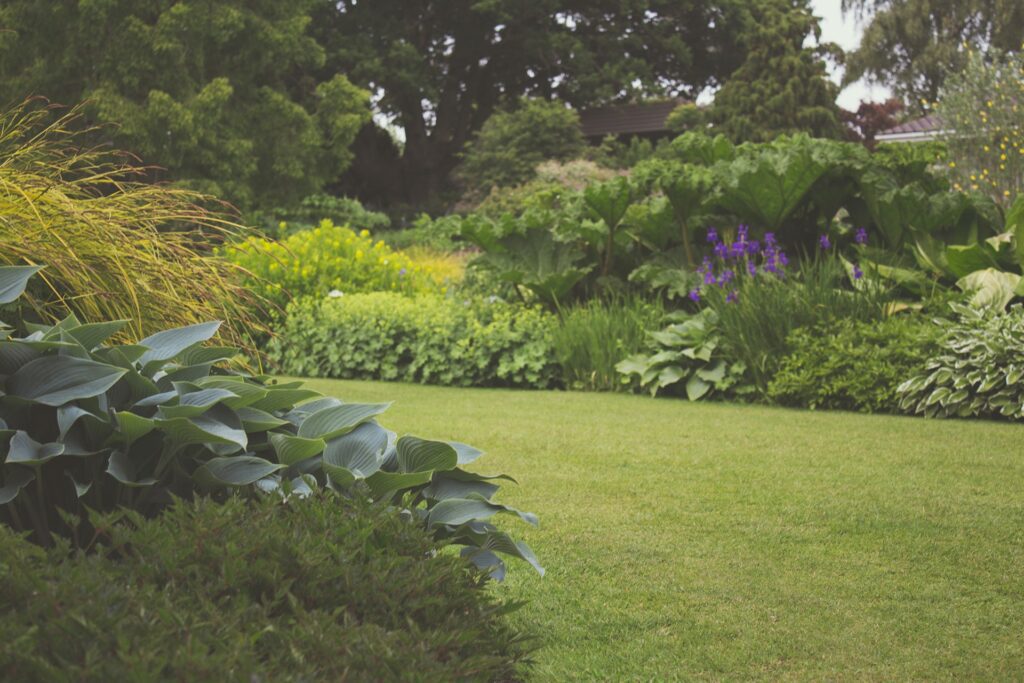

Focusing on your outdoor space
One of the most accessible ways to green up a home starts with thinking about your yard or outdoor space.
Composting
Composting is relatively easy and can reduce the waste from your home that heads to a landfill plus you can use the compost to help improve the soil for your plants.
Rain garden
If water tends to pool in certain parts of your yard or quickly runs into a sewer, a rain garden could be a great addition to your landscaping. Rain gardens slow water runoff, and filter it through the plants in your yard. This helps prevent pollution from ending up in the water supply.
Natural product usage
Harsh chemical fertilizers and weed killers can get end up in our water supply and are not great for humans. Luckily, there are other options. In addition to the many commercially available natural and organic lawn care products on the market, there are quite a few DIY options, too. I have personally had luck using white vinegar to spot-kill weeds.
If you’re interested in learning more about organic gardening, you may enjoy the PBS radio show You Bet Your Garden. On the show, quirky, organic gardener Mike McGrath tackles gardening and landscaping challenges and gives his listeners the straight scoop on how to maintain an organic outdoor space.
Native plants
Using plants that naturally grow in your climate not only provides a food source for important birds and insects but they are typically better adapted to your climate. This can often mean they need less water or other special care which will make maintenance easier and reduce water usage.
If you're wondering what plants are native to your area, The National Wildlife Federation has a handy tool where you can enter your zip code and find a list of plants that are native to your area.
Making your home more efficient
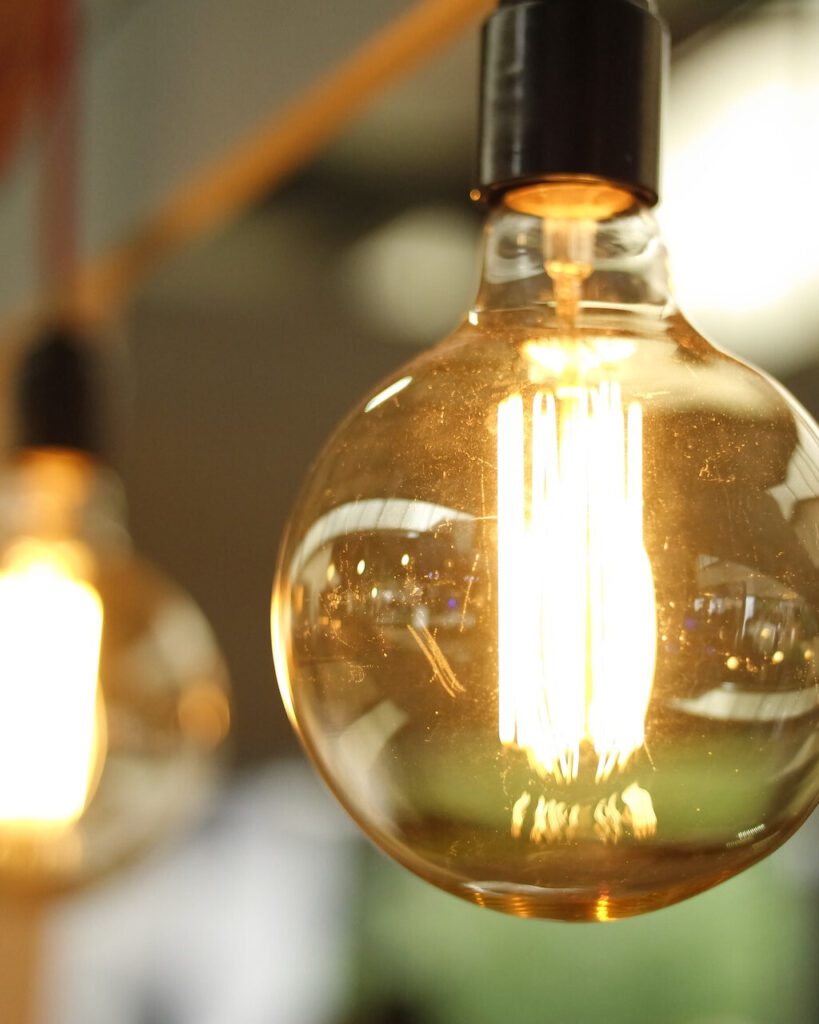

Energy efficiency
Efficiently using energy in your home is a great way to be more green. One of the easiest ways is to purchase energy-efficient appliances and fixtures when it’s time for replacements. Look for the Energy Star logo on home appliances and LED lightbulbs.
A bigger investment is to prioritize using more efficient and renewable sources of energy. A heat pump is much more efficient than a traditional HVAC system and can be installed in many different circumstances, including in conjunction with geothermal energy. If you’re building a new home or are ready to replace your existing HVAC, a heat pump could be a great solution.
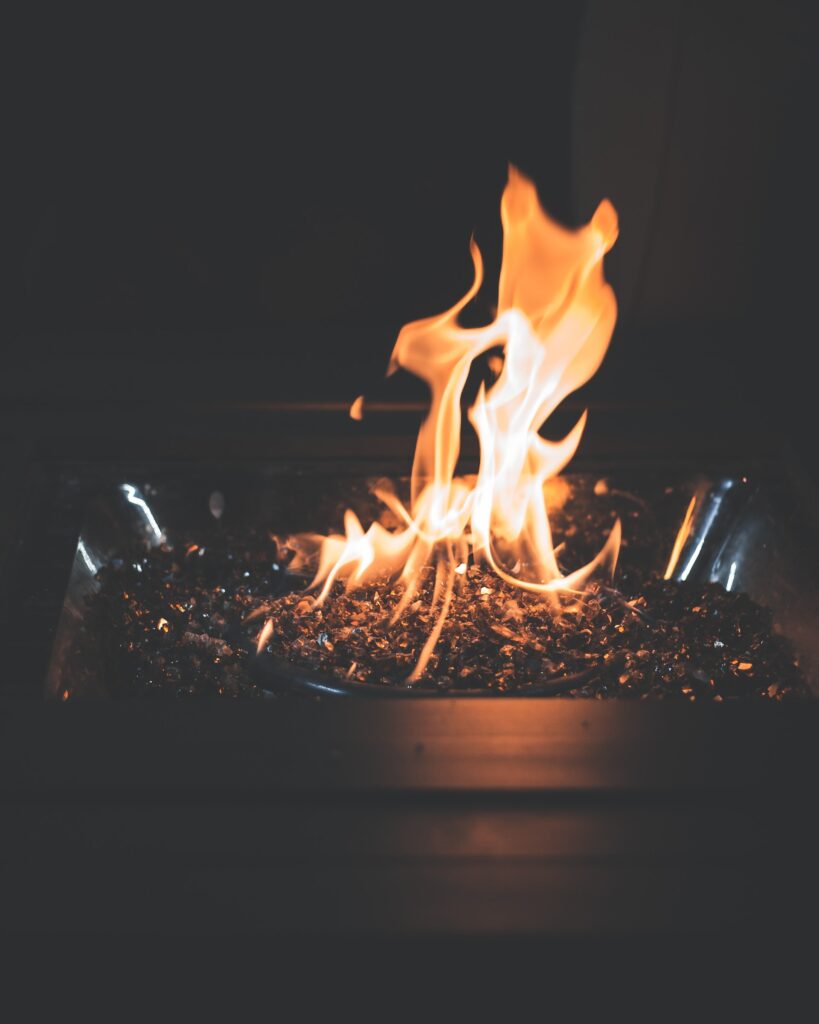

Thermal efficiency
If you have a place in your home that is particularly difficult to keep at a comfortable temperature, you may have an air leak or other inefficiency. To find out for sure, you may want to consult a professional who can help you diagnose a problem and recommend a solution. The department of energy has quite a few resources on it’s website that can help you navigate planning for a home inspection.
Another area that isn’t always top of mind is considering your hot water heater. While many new hot water heaters come with built-in insultaiton, if yours is older or without insulation, a hot water heater blanket/jacket may help improve its performance. This is often something you can figure out yourself by doing a little research on the model that you have but it could be part of a larger home inspection, as well.


Water efficiency
Landscaping can be an area of the home where there is tremendous water savings. Planting native plants and watering them in the morning or at night helps reduce waste through evaporation. Resisting the urge to water your lawn is also a way to save a tremendous amount of water each year.
Inside the home, using low-flow fixtures can help use less water on a daily basis. In addition, making sure that laundry and dishwashing loads are full each time they are run makes water usage more efficient.
Buying green home products and materials
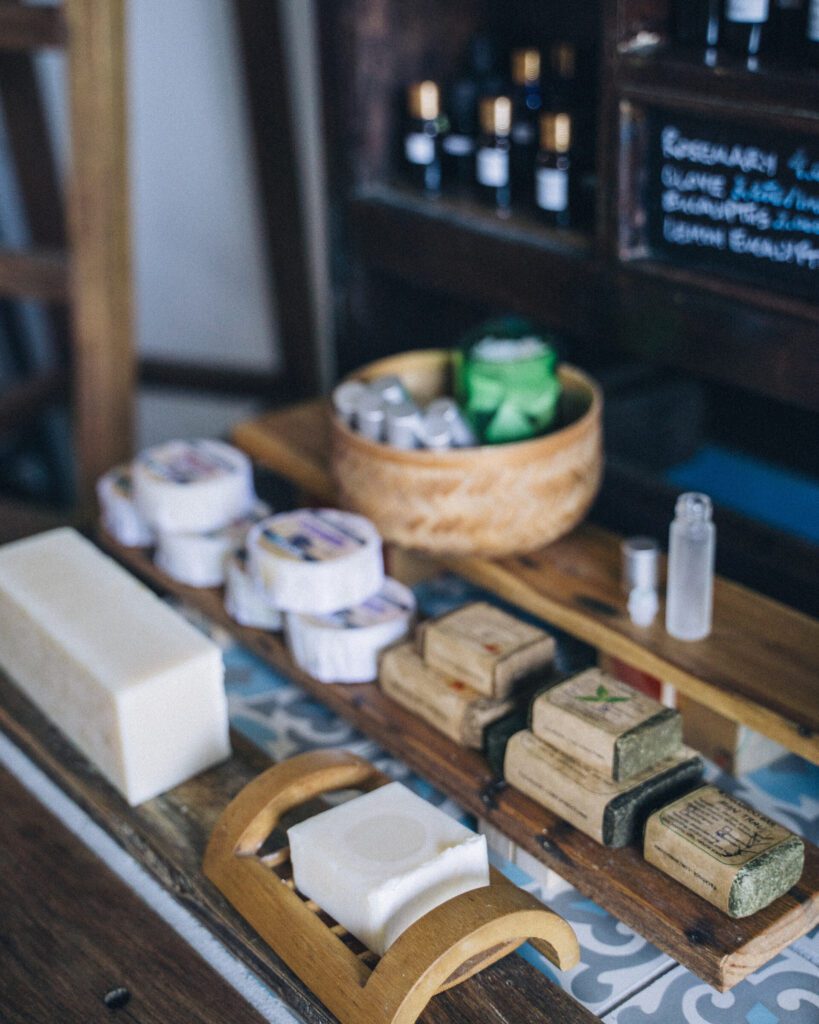

Reducing toxins
Using natural products and materials in your home can greatly help reduce your exposure to harmful volatile organic compounds. This includes using natural cleaning products, purchasing furniture, rugs, and other textiles that are certified to be non-toxic, and doing things like removing your shoes before entering your home. Additionally, filtering water and air can be effective at removing unwanted substances from your home.
Sustainable materials
Making sure that the materials used in your home are sustainably sourced is a great way to have a greener home. While it can be a daunting task to know the specifics of all of the materials used in your home, there are some certifications that can help make it easier. These include looking for FSC, GREENGUARD, OEKO-TEX®, and GOTs certifications.
Please share!
I hope this helped inspire you to take a first step toward having a greener home. If you have things that you’ve done in your home that we haven’t covered here, please share in the comments section below! We’d love to learn from your experience.
Interested in checking out green homes near you?
Sign up for our newslettter and we'll automatically update you when a new location is added!
Free tips and inspiration in your inbox
Enter your email address below to receive the latest news from The Home Green.
